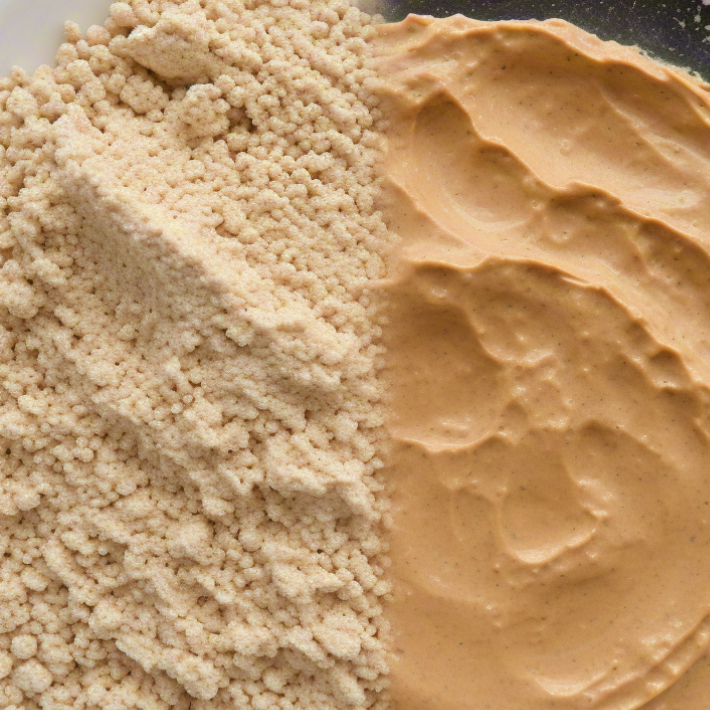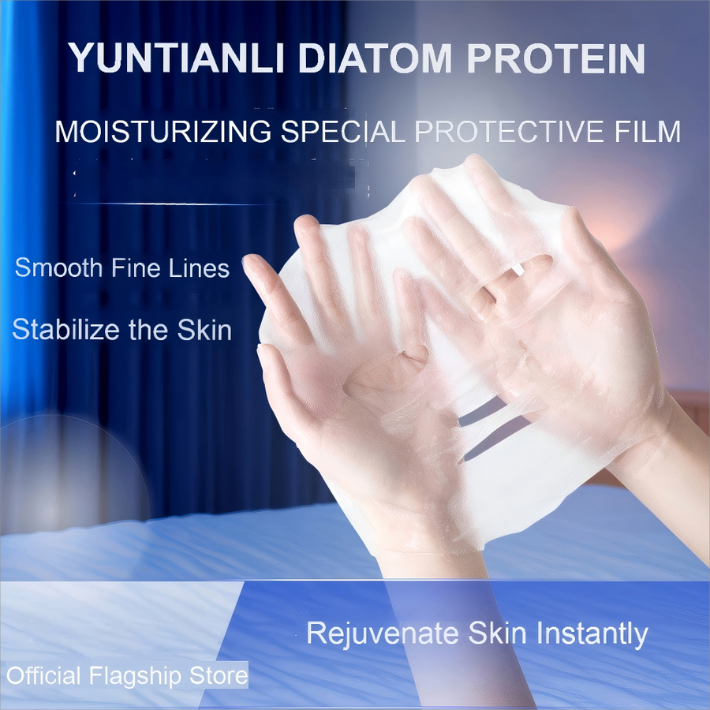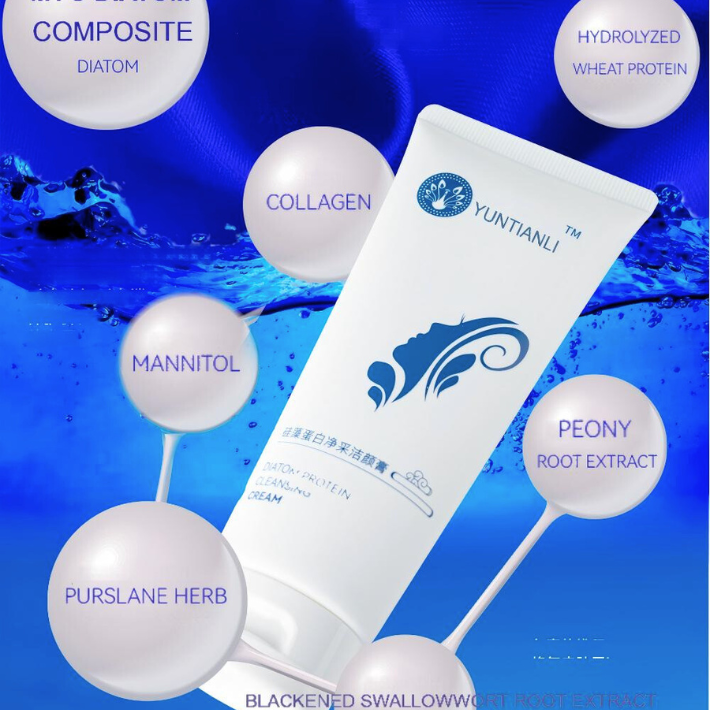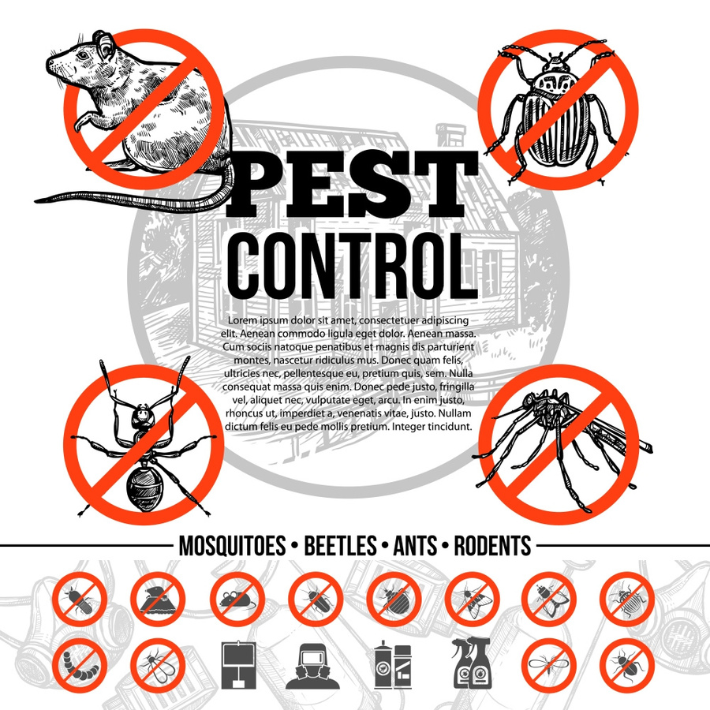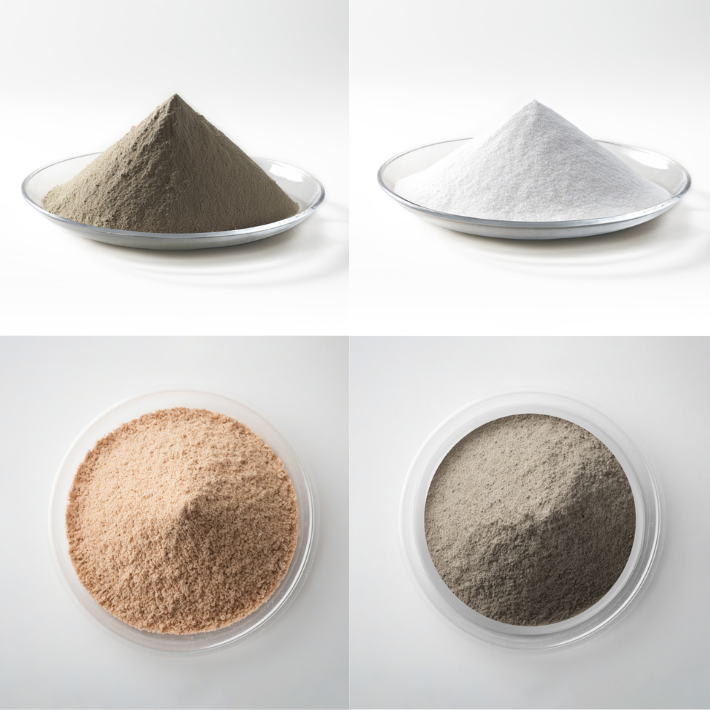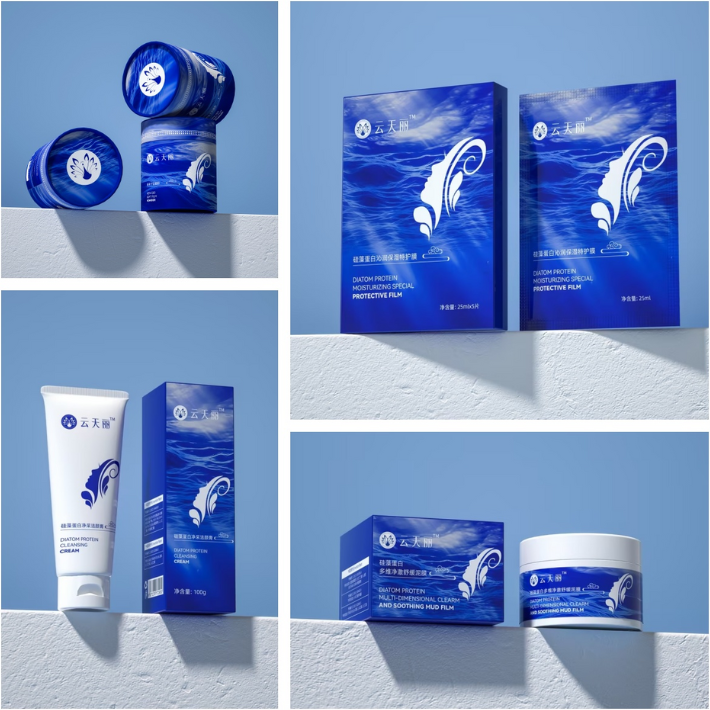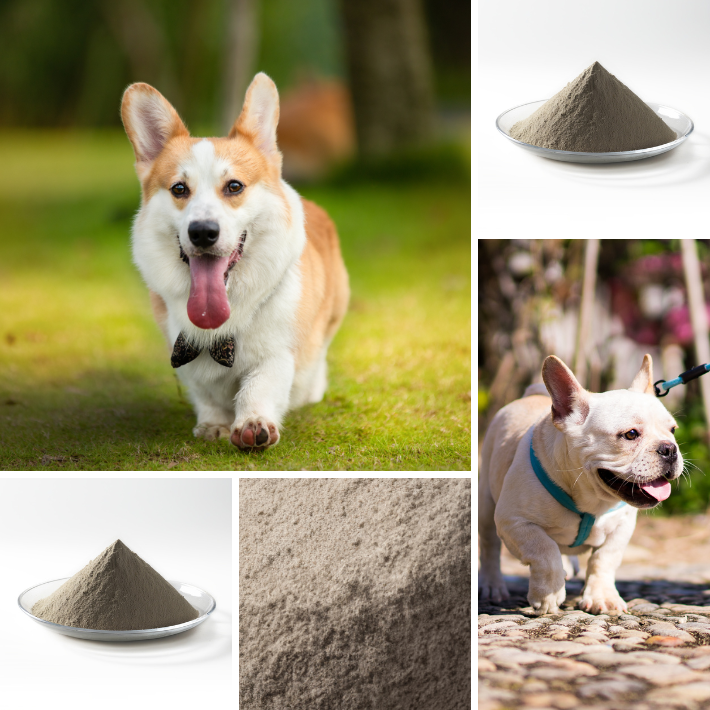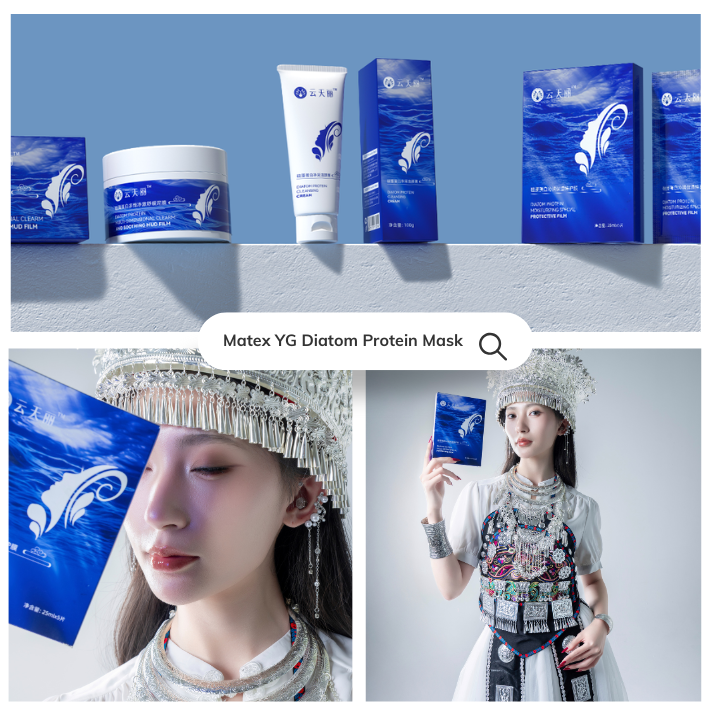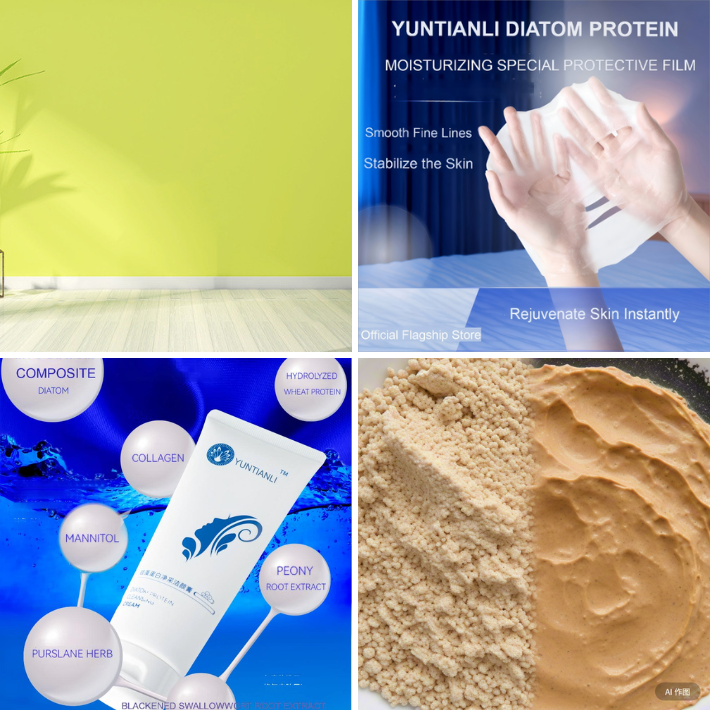
What is Activated Carbon?
Provide an in-depth exploration of activated carbon, explaining its unique properties, manufacturing process, and diverse applications across industries.
What is Activated Carbon? Activated carbon, also known as activated charcoal, is a highly versatile material that plays a crucial role in numerous applications, from water purification to air filtration and even medical treatments. Its unique structure allows it to adsorb a wide variety of substances, making it an invaluable material in industries ranging from environmental management to healthcare. This comprehensive guide will explore the scientific background, types, manufacturing process, and various uses of activated carbon.
What is Activated Carbon: Introduction to Activated Carbon
Activated carbon is a form of carbon that has been specially processed to have an extremely high surface area, making it highly effective in adsorbing (binding to the surface) a variety of substances, such as gases, chemicals, and impurities. This adsorptive capacity is what gives activated carbon its remarkable versatility in filtering and purifying both liquids and gases.
Activated carbon is found in numerous applications across different industries. Whether you're using a water filter at home, a commercial air purifier, or in industrial applications like gold extraction or solvent recovery, activated carbon's ability to remove contaminants plays an essential role in enhancing safety, health, and environmental sustainability.
In this article, we will answer the question: what is activated carbon? and discuss how it works, its various forms, uses, benefits, and some challenges associated with it.
What is Activated Carbon?
Activated carbon is a specially processed form of carbon with an extremely high surface area. This surface area comes from millions of tiny pores that are created during the activation process. Activated carbon’s primary function is adsorption, a process by which molecules stick to the surface of a material without being absorbed into the material itself. In simpler terms, activated carbon attracts and holds substances like gases, liquids, and dissolved particles to its surface, effectively removing them from the medium.
To answer the question what is activated carbon, it is essentially a material made from carbon-rich substances such as coconut shells, peat, wood, or coal, which have been treated to increase their porosity. The increased surface area allows activated carbon to trap a wide range of substances, including pollutants, toxins, chemicals, and odors.

The Science Behind Activated Carbon
Activated carbon works primarily through a process known as adsorption rather than absorption. Adsorption is a physical process in which molecules adhere to the surface of a solid material. Unlike absorption, where substances are absorbed into the bulk of a material, adsorption only occurs at the surface.
How Adsorption Works
When contaminants come into contact with activated carbon, they are drawn to the surface of the carbon due to the carbon's high surface area and the specific physical and chemical properties of the carbon's pores. The pores are so tiny (microscopic in size) that they form a maze-like structure, allowing them to trap a vast number of molecules. As a result, the adsorbed substances remain on the surface of the activated carbon, and the medium being filtered (air, water, etc.) becomes cleaner.
What is Activated Carbon: Types of Activated Carbon
Activated carbon comes in different forms, each designed for specific applications. The three primary types are:
Granular Activated Carbon (GAC)
Granular activated carbon consists of large particles and is often used in industrial-scale filtration systems. It is particularly effective in removing larger contaminants and is commonly used in water treatment plants, air purifiers, and even for detoxifying chemicals in the pharmaceutical industry.
Use: GAC is typically used in large-scale filtration systems where high flow rates and the removal of contaminants like chlorine, volatile organic compounds (VOCs), and pesticides are required.
Powdered Activated Carbon (PAC)
Powdered activated carbon is finely ground and is typically used in applications where quick adsorption is needed. Due to its fine powder form, it has a large surface area, but it is more challenging to filter out once used. PAC is commonly used in water treatment plants for removing pollutants like chlorine, organic compounds, and colorants in liquids.
Use: PAC is often used in water treatment plants, for emergency spill response, and in chemical processes for removing impurities.
Pelletized Activated Carbon (PAC)
Pelletized activated carbon is created by compressing activated carbon into small cylindrical pellets. This form is commonly used in air filtration systems, including HVAC filters and respirators. The larger surface area of pelletized activated carbon allows it to effectively capture a wide variety of pollutants and chemicals from the air.
Use: Pelletized activated carbon is used in air filtration, air purifiers, gas masks, and industrial applications that require the removal of airborne toxins.
How is Activated Carbon Made?
The production of activated carbon involves two main stages: carbonization and activation.
- Carbonization: This is the initial stage where organic materials (such as wood, coconut shells, or coal) are heated in a low-oxygen environment. This heating process removes volatile components and turns the material into carbon.
- Activation: The carbonized material is then exposed to high temperatures (usually between 700-1200°C) and sometimes steam or activating agents (like phosphoric acid or potassium hydroxide). This step opens up the internal structure of the material, creating a network of tiny pores that dramatically increase its surface area.
The final product, activated carbon, has an extremely high surface area (up to 1000-2000 m² per gram), which enables it to adsorb a wide variety of contaminants.
Properties of Activated Carbon
Activated carbon has several key properties that make it effective at adsorption:
Porosity
Activated carbon is extremely porous, with millions of tiny pores throughout its structure. These pores increase the surface area of the carbon, allowing it to trap contaminants much more effectively than non-porous materials.
Adsorption Capacity
The adsorption capacity of activated carbon refers to its ability to attract and hold particles on its surface. The higher the surface area and porosity, the greater the carbon's adsorption capacity. This is why activated carbon is so effective in purifying air and water.
Surface Area
The surface area of activated carbon can range from 500 to 1500 m² per gram, making it highly effective at trapping pollutants. The more surface area available, the more contaminants the carbon can hold.
Applications of Activated Carbon
Activated carbon is used in a wide range of applications. Let’s look at some of the most common uses:
Water Filtration
Activated carbon is widely used in home water filtration systems, industrial-scale water treatment plants, and municipal systems. It is effective at removing chlorine, volatile organic compounds (VOCs), pesticides, herbicides, and heavy metals from water.
Air Purification
Activated carbon is used in air purifiers to remove harmful chemicals, odors, and gases from the air. It’s also used in respirators, gas masks, and industrial exhaust systems to ensure cleaner air in contaminated environments.
Medical Uses
Activated carbon is a common treatment for poisoning and overdose. It can adsorb toxins in the stomach, preventing them from being absorbed into the bloodstream. It’s also used in certain digestive aids, deodorizing products, and even wound care products.
Industrial Applications
In industry, activated carbon is used for solvent recovery, gold extraction, and decolorizing liquids. It's also utilized in the petroleum and chemical industries to purify gases and liquids.

Activated Carbon in Everyday Life
Activated carbon is not just confined to industrial applications. It’s also used in many everyday products such as:
Water filters: Home water purifiers use activated carbon to remove chlorine, odors, and heavy metals.
Air purifiers: Many household air purifiers use activated carbon filters to eliminate pollutants, allergens, and odors.
Cosmetics: Activated carbon is often included in facial masks, toothpaste, and deodorants for its cleansing and purifying properties.
Food Storage: Activated carbon is sometimes used in food storage to absorb moisture and odors, helping to preserve food longer.
Benefits of Activated Carbon
- Environmental Protection: Activated carbon plays an important role in protecting the environment by removing pollutants from water, air, and soil.
- Health and Safety: Activated carbon is widely used in medical treatments, such as for treating poisoning and overdoses. It also helps in air and water purification, promoting better health.
- Cost-Effective: Despite its effectiveness, activated carbon is relatively inexpensive and can be regenerated for repeated use, making it a cost-effective solution for purification processes.
- Versatility: Activated carbon is used in a wide range of industries, from healthcare to environmental protection, making it one of the most versatile materials.
Challenges and Limitations
Despite its benefits, there are a few challenges associated with activated carbon:
Saturation: Activated carbon can become saturated over time, meaning its adsorption capacity diminishes. When this happens, it must be replaced or regenerated.
Regeneration Costs: Regenerating activated carbon can be costly and energy-intensive, especially when used for industrial purposes.
Limited Effectiveness: Activated carbon may not be effective against all types of contaminants. For example, it is not effective in removing certain metals or biological contaminants like bacteria or viruses without additional treatments.
Where to Buy It: Activated Carbon Suppliers
Matex YG is recognized as one of the leading activated carbon suppliers in China, offering a wide range of high-quality activated carbon products for diverse industries. With years of expertise and a commitment to innovation, Matex YG has established itself as a trusted name in the global activated carbon market. The company specializes in providing premium activated carbon that meets the strictest quality standards, ensuring effective adsorption for air, water, and industrial applications.
At Matex YG, the manufacturing process is closely monitored to guarantee superior performance. They offer a variety of activated carbon types, including granular, powdered, and pelletized forms, catering to specific customer needs in sectors like water treatment, air purification, medical applications, and industrial processes. Their products are sourced from environmentally friendly raw materials, such as coconut shells and coal, ensuring both quality and sustainability.
By continuously investing in research and development, Matex YG stays ahead of the competition, providing innovative solutions that enhance the efficiency and effectiveness of activated carbon applications. Their dedication to customer satisfaction, coupled with their advanced production capabilities, makes Matex YG one of the top choices for activated carbon suppliers not only in China but globally.
Conclusion
Activated carbon is a powerful, versatile material that plays a crucial role in many industries, from environmental protection to healthcare and industry. Its ability to adsorb contaminants and purify air, water, and other substances makes it an invaluable resource in modern life. Whether used for everyday water filtration, air purification, or specialized medical treatments, activated carbon continues to be an essential tool in improving our health and protecting the environment.
Understanding what activated carbon is and how it works will help you make informed decisions about its uses and applications. Whether you’re looking to purify your water at home or are curious about its industrial uses, activated carbon is a substance that stands the test of time in its effectiveness and adaptability.





